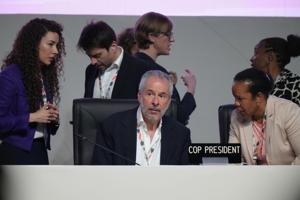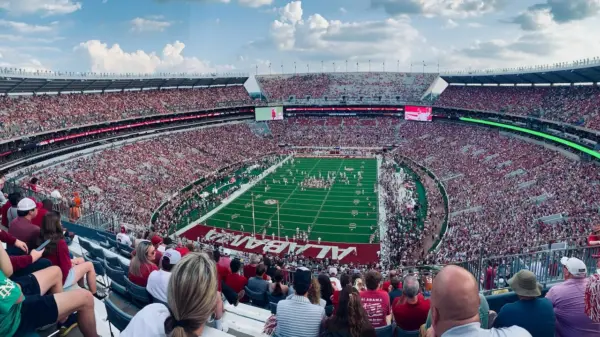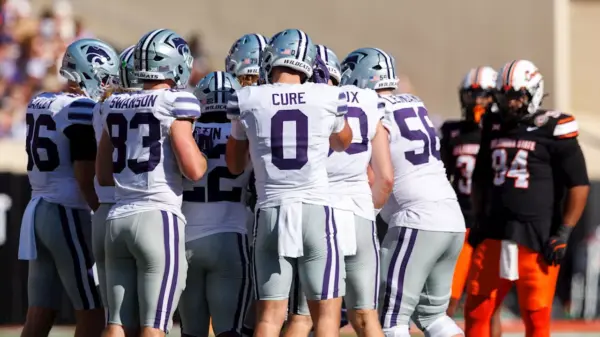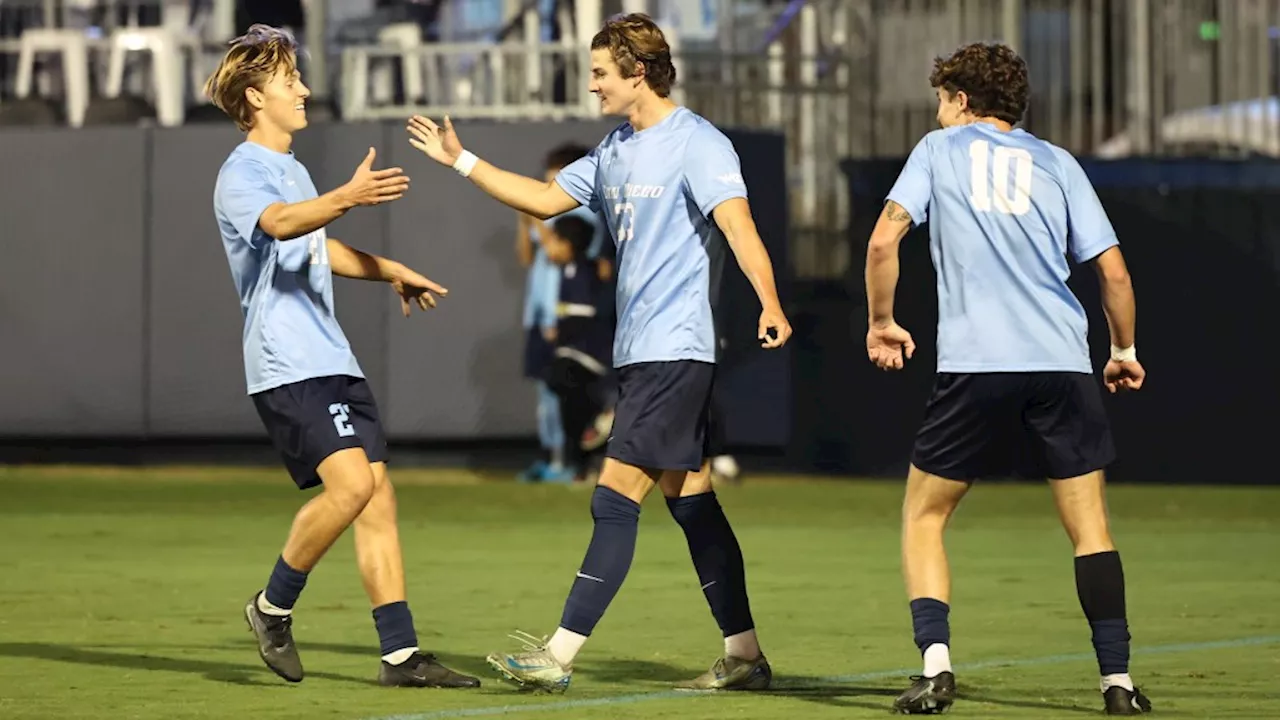The University of San Diego (USD) men’s soccer team has secured a spot in the NCAA Tournament, showcasing its status as a formidable contender in the sport. The Toreros, boasting a record of 13 wins, 2 losses, and 3 draws, earned a first-round bye and are set to face Grand Canyon University on Sunday at 17:00 at their home ground, Torero Stadium.
USD’s journey to this point has been marked by impressive performances, including a record fourth consecutive title in the West Coast Conference. The team’s achievements have not gone unnoticed, with USD currently ranked No. 3 in the Top Drawer Soccer poll. “There are opportunities if you get the right set of circumstances,” said USD head coach Brian Quinn, highlighting the unpredictable nature of college soccer.
The dynamics of men’s college soccer differ significantly from that of other collegiate sports. Unlike in basketball and football, where power dynamics often favor larger conferences, the soccer landscape allows smaller programs to thrive. This is evident in the success of teams like the Vermont Catamounts, who claimed the NCAA championship last year, and the Marshall Thundering Herd, who won the title in 2020. Notably, the latest Top Drawer Soccer poll indicates that six of the top teams, including USD, come from mid-major conferences, showcasing their competitive edge.
Grand Canyon University’s unexpected ascent into the tournament serves as a reminder of the competitive nature of men’s soccer. The Antelopes advanced after defeating UCLA, a program with a rich history in the sport. UCLA’s struggles highlight the shifting landscape of college soccer, where traditional powerhouses can be challenged by emerging teams.
The diverse composition of USD’s roster contributes to its success. The team features players from various countries, including England, Israel, Denmark, and Ghana, alongside a strong local recruitment strategy. “Every program in the country is pretty diligent at recruiting,” Quinn remarked, emphasizing the global reach of soccer recruitment.
The disparity in investment among conferences is another factor influencing the competitive balance in men’s soccer. According to Kimya Massey, USD’s athletic director, the importance placed on soccer varies significantly across different conferences. Only a few teams within the Southeastern Conference field men’s soccer programs, limiting their competitive presence in the national landscape.
As the NCAA Tournament progresses, teams from traditionally underrepresented conferences continue to make their mark. Programs such as Hofstra, which eliminated Syracuse, and Western Michigan, which overcame Clemson, exemplify the unpredictability and excitement inherent in the tournament. The upcoming matches will showcase not only the talent within these mid-major teams but also the potential for upsets against more established programs.
In reflecting on the opportunities available in men’s college soccer, Quinn pointed out that the sport’s unique characteristics often level the playing field. “The collective is very important…there are a lot of factors that make the game a little more even for programs to compete,” he noted. This unpredictability is a significant draw for fans and players alike, fostering a sense of hope that any team can achieve greatness against the odds.
As USD prepares for its matchup against Grand Canyon, the Toreros aim to further solidify their reputation as a powerhouse in men’s soccer. The outcome of this tournament will not only impact the team’s future but will also continue to shape the narrative of college soccer, where the underdogs have shown time and again that they are capable of triumphing on the national stage.



































































